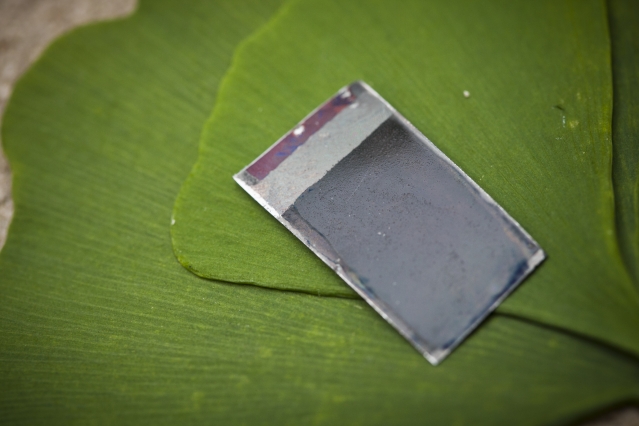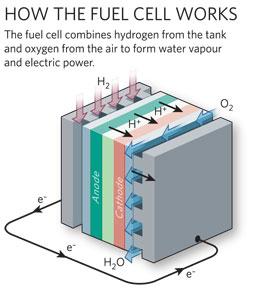
As you may already know from my posts on TeamUV.org, I am not only an advocate for finding a cleaner alternative fuel but also a fuel that is easier to obtain. Alternative fuels can sometimes be very hard to collect, oftentimes using a lot of energy to get it ready for consumer use. In nature, plants undergo photosynthesis to convert water and carbon dioxide into glucose and oxygen. Scientists have drawn from this process to create Artificial Leaves. Instead of producing glucose, these leaves use water and sunlight (and a bit of electrical current) to create hydrogen and oxygen. Hydrogen can then be used in fuel cells or directly in an internal combustion engine.

Hydrogen would make for a great alternative fuel but it has a few drawbacks. One of the major drawbacks aside from having huge storage requirements, is that its rarely found isolated in nature as a gas. It takes a massive amount of energy to extract it from other means such as water. Electrochemical splitting is a fairly easy way to do it but it still takes a lot of energy to provide useful amounts of hydrogen. Artificial Leaves are known to have an average efficiency of around 18%. Not high enough to make it a viable replacement for fossil fuels. The hardworking scientists over at Monash University in Melbourne have increased efficiences to 22%, which doesn’t seem like much but its a huge jump! In engineering, a small improvement in a systems efficiency can mean BIG financial savings.
I can already see a future world with forests made up of “trees” with artificial leaves. The only pollutants from this process would be water and very small trace amounts of harmful byproducts. Let’s hope more support goes into this research!
Until next time,
A

